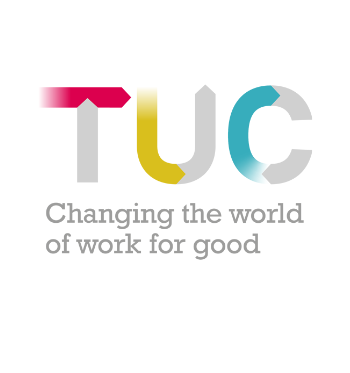TUC Equality Audit 2018
Labour market diversity and trade union membership
- Women are more likely than men, and disabled workers are more likely than non- disabled workers, to be union members.
- BME workers are under-represented among union members, and young workers are particularly unlikely to be in a union.
- As there are no reliable official statistics on the size of the LGBT+ workforce, it is not possible to assess the representativeness of trade union membership rates among this group.
Rules
- Three-quarters of the unions responding to the audit have adopted the TUC model equality clause – the same proportion as in 2014.
- Nearly all members of unions that responded to the audit are covered by rules or procedures for allegations of discrimination and harassment.
Monitoring membership and union structures
- Most unions collect data on the number of women members, but fewer monitor the number of members in other equalities groups. This is true for some large unions as well as for some unions which are smaller.
- In general, there has been a lack of progress on disaggregated1 monitoring and in some cases the number of unions collecting disaggregated data has fallen.
- Women, BME workers and young workers are all under-represented in union positions, although disabled members are well represented in such roles.
- Good practice examples show how unions are trying to shift these trends.
Equality officers and reps
- There has been a reduction in the number of unions employing equality officers for specific equality strands, with officers also now more likely to have other responsibilities. But 71 per cent of unions do have at least one member of staff with equality responsibilities at a national level.
- In total, 84 per cent of members of unions responding to the audit were in a union with a rule or practice on overall workplace equality reps.
- In total, 66 per cent of members of unions responding to the audit were in unions with women’s reps, 62 per cent with BME reps, 59 per cent with disabled members’ reps, 65 per cent with LGBT+ reps and the same for young worker reps
Equality committees, conferences and campaigns
- 57 per cent of the unions completing the main questionnaire have a formal national overall equality committee.
- Increasingly union members are creating less formal networks, but these are not necessarily replacements for formal committees. In many cases unions have both.
- There has been a noticeable drop in the number of individual national conferences held for each equality strand.
Training
- Most unions provide training on equality or diversity awareness for lay officials and members, and the proportion doing so has
- increased from 79 per cent in 2014 to 89 per cent in 2018.
- But the proportion of unions encouraging participation in mainstream training by members of equalities groups has fallen since 2014.
- A higher proportion of unions are now offering trade union training specifically aimed at BME, LGBT+, disabled and young workers than four years ago.
Unions as employers
- In total, 87 per cent of unions responding to the audit have an equal opportunities or non-discrimination policy relating to their own employees, an increase since 2014.
- 82 per cent of unions responding to the audit have an explicit reference to dealing with harassment and discrimination in their internal complaints, disciplinary or grievance procedures.
- 83 per cent of unions provide staff with equality and diversity (E&D) training.
- Union monitoring of staff diversity has fallen since 2014. Monitoring rates are highest for women (71 per cent of unions monitor for this group) and BME groups (55 per cent).
- Half of unions have equality action plans in place.
- 1 Meaning data broken down by women, BME, disabled, LGBT+ and young workers
The Equality Audit 2018 looks at the practical steps trade unions are taking to ensure they reflect the diversity of the workforce.
It provides examples of how unions are recruiting and supporting under-represented groups into membership and activism. It also looks at what unions are doing to give these groups a voice in their internal union structures.
Questionnaires were sent to 50 unions who were affiliated to the TUC in November 2017 for completion by the middle of February 2018. Completed questionnaires were received from 38 unions – 76 per cent of affiliates. This is a higher response rate than for the last equivalent audit in 2014. The unions responding in 2018 represent 97 per cent of all TUC-affiliated union members.
It also looks at the extent to which unions as employers provide equal opportunities for their own staff. It is complementary to the TUC Equality Audit 2016, which looked at unions’ efforts to promote equality through collective bargaining.
Questionnaires were sent to the 50 unions affiliated to the TUC in November 2017, with a completion deadline of the middle of February 2018. Completed questionnaires were received from 38 unions, which is 76 per cent of TUC affiliates. This is a higher response rate than for the last equivalent audit in 2014 when 36 out of 54 TUC affiliates participated (67 per cent). Two of the unions not responding in 2018 were shortly to merge into other unions.
The unions responding in 2018 represent 97 per cent of all TUC-affiliated union members.
The audit data was collected and analysed by the Labour Research Department on behalf of the TUC
Stay Updated
Want to hear about our latest news and blogs?
Sign up now to get it straight to your inbox

